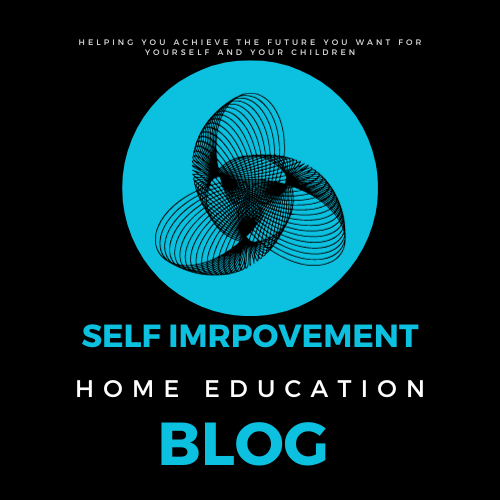
In recent years, homeschooling has gained momentum as a viable and enriching alternative
to traditional education. As parents take charge of their children’s learning journeys, it’s
essential to delve into the intricacies of teaching various subjects, with Language Arts
being a cornerstone of a well-rounded education for elementary school students
(Grades K-5, Ages 5-10). In this blog post, we will explore the importance of phonics
and fluency, grammar, vocabulary, writing, and reading comprehension.
1. Phonics and Fluency: Laying the Foundation for Reading Success
Phonics is the building block of literacy. Teaching children to connect sounds to letters
enhances their ability to decode words, promoting reading fluency. Use interactive games,
flashcards, and reading materials that emphasize phonetic patterns. Engaging in regular
reading sessions with your child and encouraging them to read aloud can significantly boost fluency.
2. Grammar: Nurturing Effective Communication Skills
Grammar provides the structural framework for language, enabling effective communication.
Introduce basic grammar rules gradually, incorporating them into everyday conversations and
activities. Use age-appropriate resources, such as storybooks and educational apps, to make
learning grammar a fun and interactive experience.
3. Vocabulary: Expanding the Word Horizon
A robust vocabulary is the bedrock of effective communication and comprehension.
Encourage a love for words by exposing your child to a variety of literature and engaging in
word-related games. Utilize online resources, flashcards, and vocabulary-building apps to
make the learning process dynamic and enjoyable.
4. Writing: Fostering Creativity and Expression
Writing is a skill that transcends academic boundaries, providing a channel for
creativity and self-expression. Encourage your child to keep a journal, write short stories,
or even create their own simple poems. Offer constructive feedback to nurture their writing skills,
and gradually introduce more complex concepts like sentence structure and paragraph formation.
5. Reading Comprehension: Unleashing the Power of Understanding
Reading comprehension is the ability to understand and interpret written information.
Select age-appropriate texts that align with your child’s interests and gradually introduce
comprehension strategies. Encourage discussions about the stories they read, asking questions
that prompt critical thinking and reflection. Great reading comprehension will give your child an
advantage when they go to take their standardized test, and many other areas in life.
Conclusion: Cultivating Lifelong Learners
Homeschooling provides a unique opportunity to tailor education to your child’s individual
needs and interests. By focusing on phonics and fluency, grammar, vocabulary, writing, and
reading comprehension, you’re not only building essential language skills but also fostering
a love for learning that will last a lifetime. As you embark on this educational journey with
your elementary school child, remember that every moment is an opportunity to
inspire and empower their young minds.
Post Disclaimer: The information on this website is public information and is not
individual legal advice. Readers should not rely on or take any action based upon
the information on this website and professional advice should be obtained particular
to the legal circumstances one is facing. While we strive for accuracy, it is possible
that the information on our site may contain errors or omissions. We disclaim any
liability for any such errors or omissions.
Affiliate Links Disclaimers: Some of the links on this website are “affiliate links.”
This means if you click on the link and purchase the item, we will receive an affiliate
commission. We disclose this in accordance with the Federal Trade Commission’s
16 CFR, Part 255: “Guides Concerning the Use of Endorsements and Testimonials
in Advertising.
